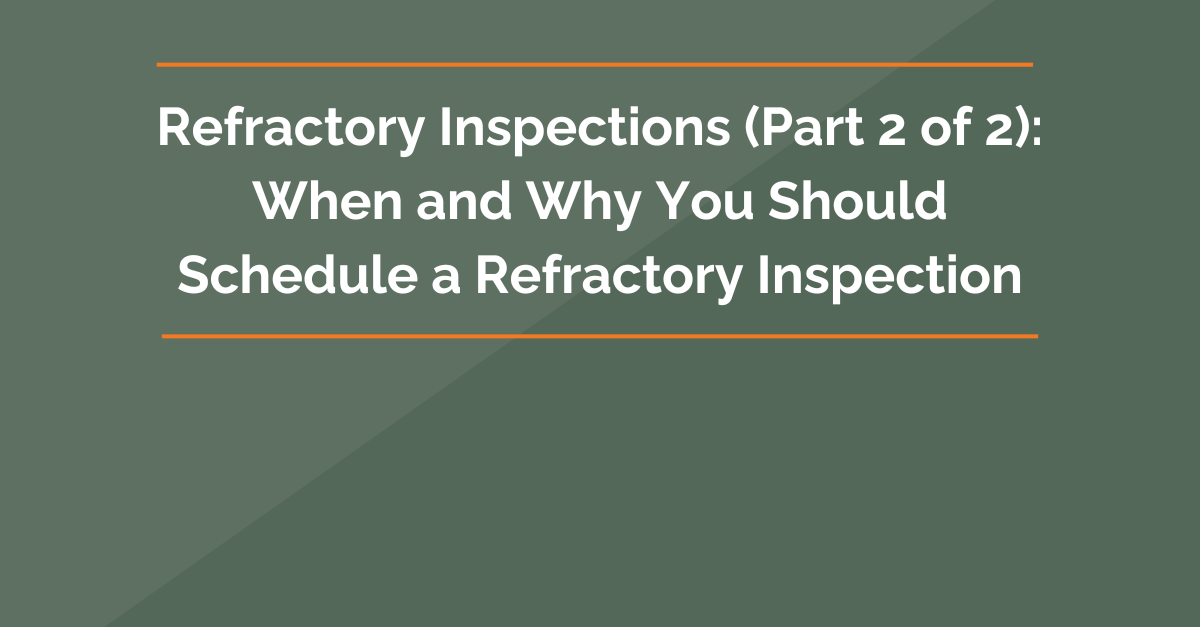When Should You Schedule a Refractory Inspection?
The timing depends on a few factors, like your industry, system type, operational intensity, and past maintenance records — but here are some general guidelines:
Routine Inspections
- Annually or biannually for most industrial applications
- Even if you’re not seeing problems, routine checks can catch early signs of wear and keep small issues from becoming big ones
Before and After Major Shutdowns
- Schedule an inspection before a planned turnaround to identify needed repairs
- Follow up with a post-repair inspection to ensure all work meets spec and is ready for startup
After Emergency Events
- If your system experiences unexpected downtime, overheating, or process changes, inspect the refractory to assess potential damage
When Process Conditions Change
- New materials, increased throughput, or higher temperatures can all affect refractory performance — inspect any time you shift how your system runs
Why Refractory Inspections Matter
- Safety: Damaged linings can lead to equipment failure, fires, or explosions
- Cost Savings: Early detection prevents unplanned shutdowns and catastrophic damage
- Performance: Well-maintained refractory systems improve efficiency and energy use
- Longevity: Extend the life of your linings and reduce overall maintenance spend
Trust the Pros
When it comes to refractory inspections, there’s no substitute for experience. Our team combines deep field knowledge with advanced testing tools to give you clear answers and actionable plans — all built around your operation’s needs and schedule.
Don’t wait until it fails.
Plan ahead. Inspect early. Stay operational.
👉 Contact us today to schedule your next refractory inspection or learn more about our full range of services.

